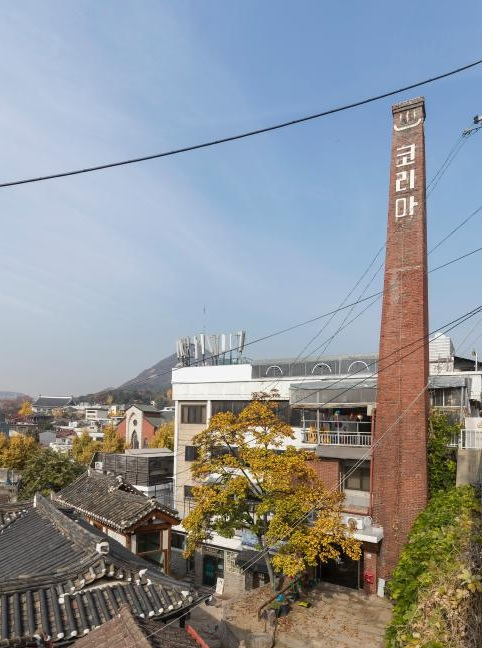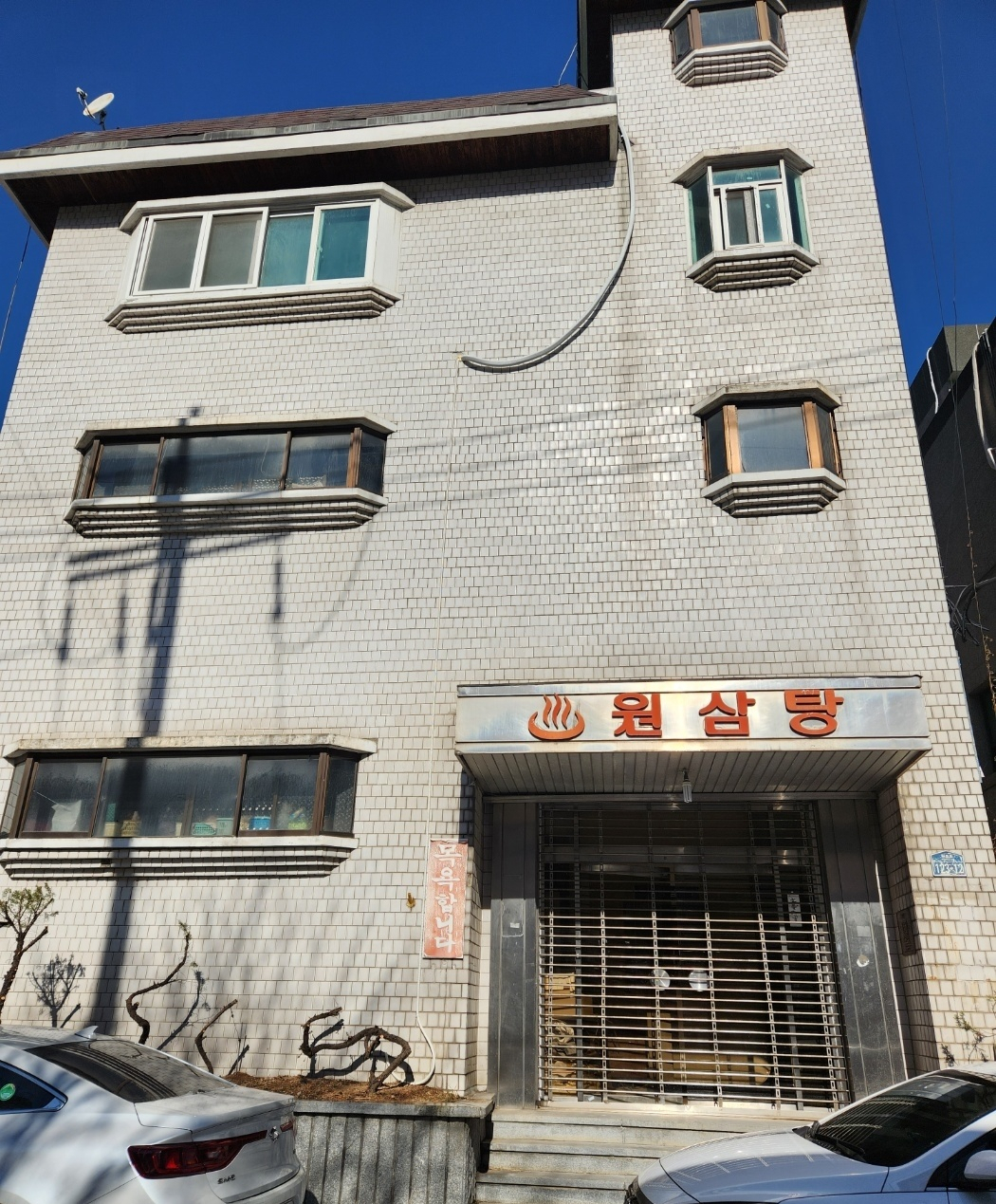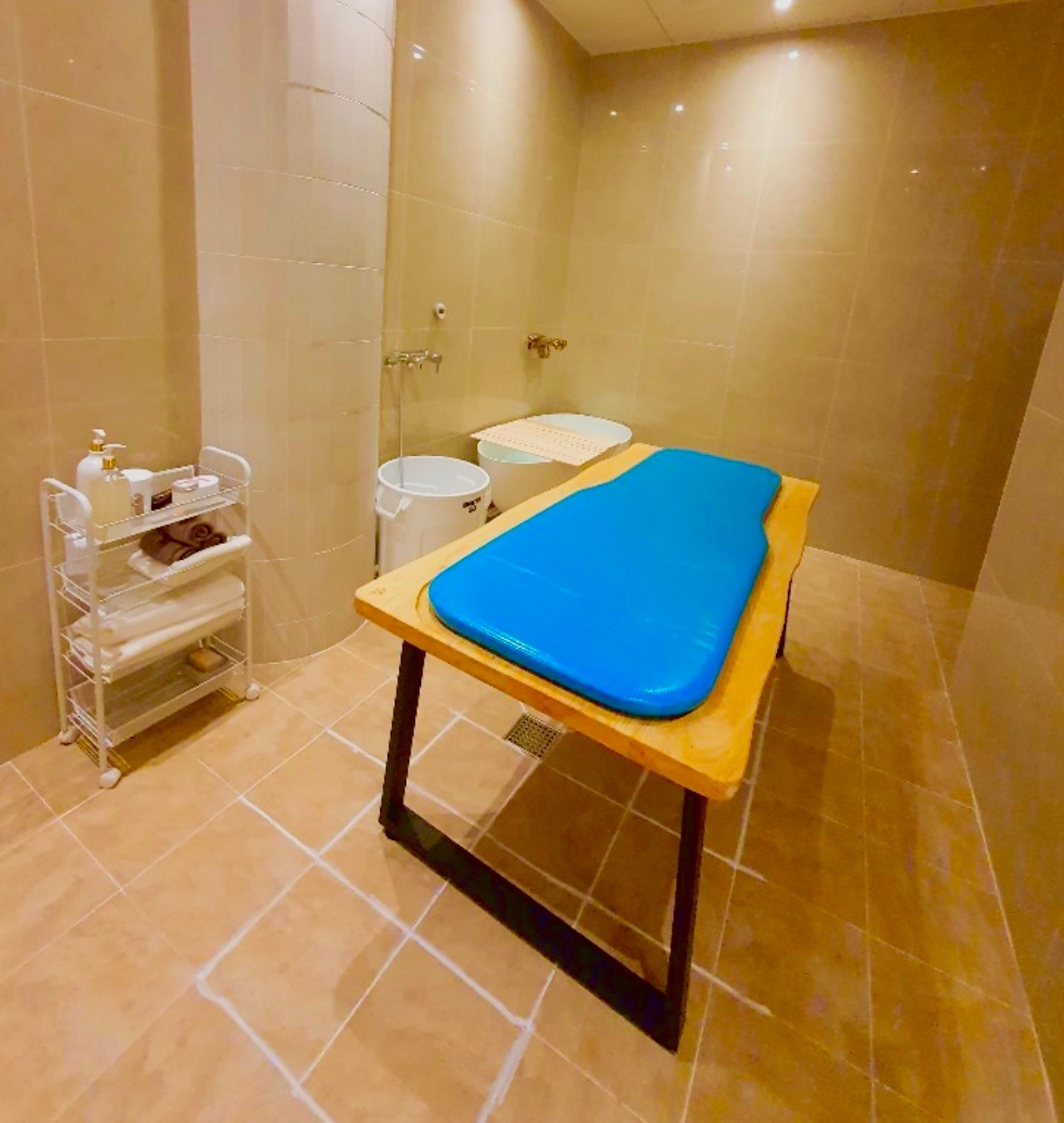Old, neighborhood bathhouses are an endangered breed
After the difficulties of the pandemic, soaring utility prices push small, neighborhood bathhouses to the brink of extinction
By Choi Jae-heePublished : Jan. 27, 2023 - 18:44

Soaking in hot water with strangers, getting body scrub treatments and eating roasted eggs and sweet rice punch called "sikhye" to rehydrate -- the bathhouse experience often depicted in films and dramas has long been a part of Korean life.
But the longstanding communal bathing culture may soon be history, as soaring energy prices deal a cruel blow to an industry already pummeled by the pandemic.
Between March 2020 when social distancing rules were introduced and December last year, a total of 960 public bathhouses nationwide have closed down, according to data from the Ministry of Interior and Safety.
In Seoul alone, 243 have disappeared during the period, 69 of them last year. About 30 percent had been in operation for more than 20 years.

Among them was Wonsamtang bathhouse in Yongsan-gu, which closed in April last year after more than 50 years of business.
“Wonsamtang has been a historical landmark in the neighborhood. It was also a tourist attraction for foreigners who wanted to experience Korea’s bathing culture,” said a 52-year-old realtor surnamed Bae who has been living in Yongsan for almost a decade.
Daekyo Sauna, a bathhouse in operation since 1988 located 300 meters away from where Wonsamtang used to be, met the same fate earlier this month.
Along with Wonsamtang, it had been a place for neighbors -- mostly from older generations -- not just to bathe and unwind, but to meet and chat.
The public bathhouse business has been on a decline ever since private bath tubs and hot water become commonly available in Korean homes.
Then, COVID-19 was a devastating blow, changing people’s perception of old, enclosed bathing parlors in their neighborhoods into high-risk zones for virus infections.
Other public facilities that draw crowds, such as theaters, concert halls, and amusement parks, were also subject to social distancing restrictions, but while they managed to bounce right back with the easing of the rules and virus fears, bathhouses didn’t. Younger sauna lovers switched over to single-person salons.

“Sales plunged by half over the past few years and they haven't rebounded to the level they were before despite the eased quarantine measures,” said Pyo Oh-geum, a 74-year-old owner of Jangsootang bathhouse in Eunpyeong-gu, northwestern Seoul.
The two-story red-brick bathhouse has been in operation since 1971.
On Thursday afternoon, the bathhouse had seen only five customers from the morning, Pyo said.
“I spent more than 5 million won a month on utility charges last year. If the bills keep rising, I will have no other option but to close,” he said.
Utility charges such as gas, electricity and water make a large portion of the costs of running a bathhouse.
Natural gas prices for bathhouses soared 17.4 percent to 18.32 won ($0.015) per megajoule in October last year from 15.6 won for the prior year. The rate will remain unchanged till the end of the first quarter, but the government has warned of further increases.
Electricity costs are a rising burden, as well. After three hikes in electricity rates last year, the authorities are moving to increase the rates by as much as 9.5 percent within the first half of the year, the steepest growth since the oil crisis in the 1980s.
But Pyo said it was not trivial to close her bathhouse.
“It will probably take tens of millions of won to demolish the bathhouse because I need to hire skilled technicians to dismantle the boiler and water tank. Renovation costs are another problem,” he said.

The current sharp decline of public bathhouses is taking an especially heavy toll on vulnerable social groups who are often exposed to poor housing environments.
Many shanty town dwellers depend on public bathhouses to bathe, as most of the shacks and makeshift houses are not equipped with water supply facilities. This is why the government, even during the most severe outbreaks, did not force temporary business closures on public bathhouses.
Some experts say it is time that the government give the same consideration to small, neighborhood bathhouses.
“While high-end spa facilities and large bathhouses operated by resort brands are less affected by the pandemic, old bathing places are struggling to make ends meet,” said Huh Joon-soo, a sociology professor at Soongsil University.
“It’s time for the government to intervene. Tax incentives for operators of bathhouses in small neighborhoods populated by low-income households could be an option.”








![[Graphic News] More Koreans say they plan long-distance trips this year](http://res.heraldm.com/phpwas/restmb_idxmake.php?idx=644&simg=/content/image/2024/04/17/20240417050828_0.gif&u=)
![[KH Explains] Hyundai's full hybrid edge to pay off amid slow transition to pure EVs](http://res.heraldm.com/phpwas/restmb_idxmake.php?idx=644&simg=/content/image/2024/04/18/20240418050645_0.jpg&u=20240419100350)






![[From the Scene] Monks, Buddhists hail return of remains of Buddhas](http://res.heraldm.com/phpwas/restmb_idxmake.php?idx=652&simg=/content/image/2024/04/19/20240419050617_0.jpg&u=20240419175937)

![[KH Explains] Hyundai's full hybrid edge to pay off amid slow transition to pure EVs](http://res.heraldm.com/phpwas/restmb_idxmake.php?idx=652&simg=/content/image/2024/04/18/20240418050645_0.jpg&u=20240419100350)

![[Today’s K-pop] Illit drops debut single remix](http://res.heraldm.com/phpwas/restmb_idxmake.php?idx=642&simg=/content/image/2024/04/19/20240419050612_0.jpg&u=)